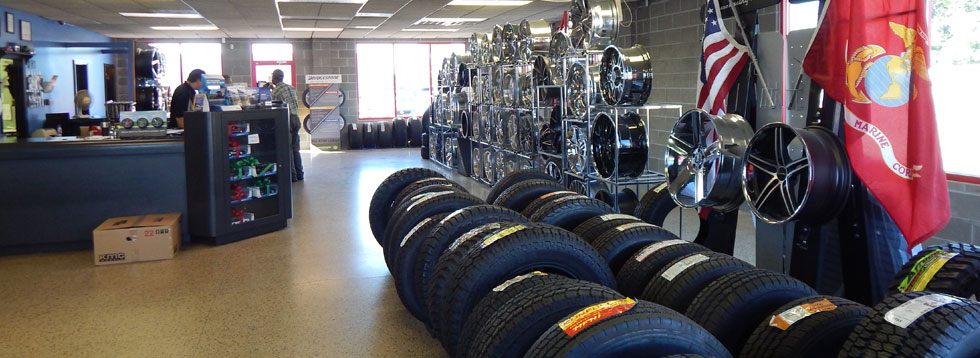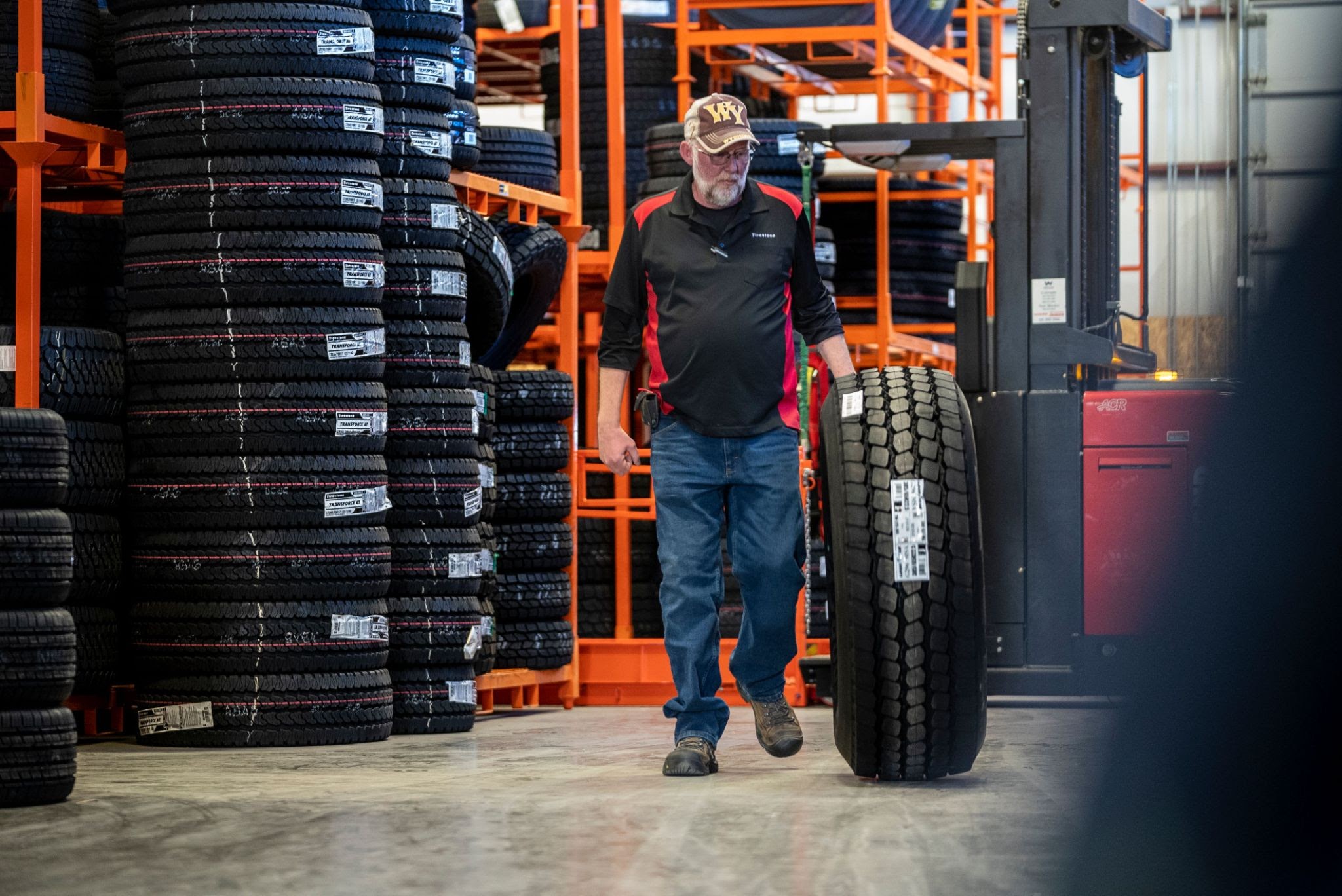Experience Quality: Tire Tracks Morris IL, Your Ultimate Tire Shop
Experience Quality: Tire Tracks Morris IL, Your Ultimate Tire Shop
Blog Article
The Scientific Research Behind Tire Repair Work and Security
When it involves the complex globe of tire upkeep and safety and security, there exists a realm of scientific research that usually stays undetected by the typical driver - tire shop near me. The materials that compose a tire, the impact of tire pressure on overall security, the implications of tread wear, the intricate dynamics of tire traction, and the often-overlooked value of appropriate wheel placement all play crucial roles in making certain a car runs securely and efficiently. As we navigate via the intricacies of tire repair work and safety and security, it comes to be apparent that a deeper understanding of these clinical principles is not only helpful yet vital for each chauffeur on the road
Tire Structure and Functionality
What products compose the make-up of tires, and just how do these parts add to their functionality on the roadway? Tires are complicated products, commonly made from a combination of rubber substances, fabric, steel cords, and various other chemical ingredients. The most typical sort of rubber utilized in tires is synthetic rubber, which offers resilience and resistance to damage. The fabric layers, frequently made from rayon, polyester, or nylon, provide strength and stability to the tire structure. Steel cords are included to improve the tire's toughness and aid it maintain its form under different roadway problems.
The rubber compounds offer grip and traction, permitting the tire to stick to the roadway surface and offer stability throughout acceleration, stopping, and cornering. Generally, the cautious selection and mix of these materials ensure that tires can carry out effectively and securely on different road surface areas and conditions.
Influence of Tire Pressure on Security
On the various other hand, overinflated tires have much less contact with the road surface area, minimizing grip and causing irregular wear on the tire footsteps. Correctly inflated tires likewise play a critical role in fuel performance, as underinflated tires can increase rolling resistance, leading to reduced gas mileage. On a regular basis checking and preserving the correct tire stress not only makes certain security however also extends the life expectancy of the tires, saving on substitute prices in the long run.
Footstep Wear and Its Implications
Proper monitoring of tire tread wear is vital for making sure optimum performance and safety and security on the roadway. As tires use down, the depth of the tread diminishes, reducing the tire's ability to keep grip, especially in slippery or damp conditions. The tread pattern and deepness play an important duty in directing water away from the tire to avoid hydroplaning and keeping hold when traveling surface.
Unequal wear may recommend issues with tire suspension, inflation, or placement components. Wear indicators are built right into the tire tread and come to be noticeable when the step deepness gets to a specific reduced point, indicating the need for prompt replacement.

Recognizing Tire Traction Dynamics
Keeping track of tire step wear not just guarantees optimum performance and safety however likewise directly impacts the traction characteristics of the tires on various roadway surface areas. Tire grip is a crucial aspect of automobile handling and safety, as it determines the grip in between the tires and the roadway. Traction dynamics vary depending upon road conditions such as completely dry sidewalk, wet roads, snow, or ice.

Comprehending tire grip dynamics is important for drivers to adjust their driving habits according to the road conditions. tire tracks morris il. Routinely examining tire step depth and problem can significantly improve grip performance, making certain much safer driving experiences across different surfaces
Significance of Correct Wheel Positioning
Guaranteeing proper wheel positioning plays an essential role in maximizing vehicle efficiency and extending tire long life. Correct wheel alignment includes adjusting the angles of the wheels to producer requirements, guaranteeing that they are perpendicular to the ground and alongside each other. When positioning is off, it can bring about uneven tire wear, learn this here now reduced fuel performance, and compromised handling.
Among the vital benefits of preserving appropriate wheel alignment is improved taking care of and stability. Misaligned wheels can cause the automobile to draw to one side, impacting guiding control and total driving experience. In addition, correct positioning Web Site advertises also tire wear, avoiding premature tire replacement and saving money on upkeep costs in the long run.

Verdict
In conclusion, the scientific research behind tire repair service and safety is crucial for keeping car efficiency and making sure motorist safety. By recognizing tire composition, stress, tread wear, traction characteristics, and wheel placement, chauffeurs can prevent crashes and extend the life-span of their tires.
The materials that make up a tire, the effect of tire stress on general safety, the effects of walk wear, the intricate characteristics of tire traction, and the often-overlooked value of proper wheel positioning all play important duties in ensuring an automobile runs safely and effectively. On the other hand, overinflated tires have less contact with the road surface, lowering grip and causing unequal wear on the tire footsteps. Frequently inspecting and keeping the correct tire stress not just guarantees security yet also extends the life expectancy of the tires, saving on that site replacement expenses in the lengthy run.
Keeping an eye on tire tread wear not only ensures optimal performance and safety but additionally straight affects the traction dynamics of the tires on different road surfaces. Tire grip is an essential element of automobile handling and safety and security, as it identifies the hold in between the tires and the roadway.
Report this page